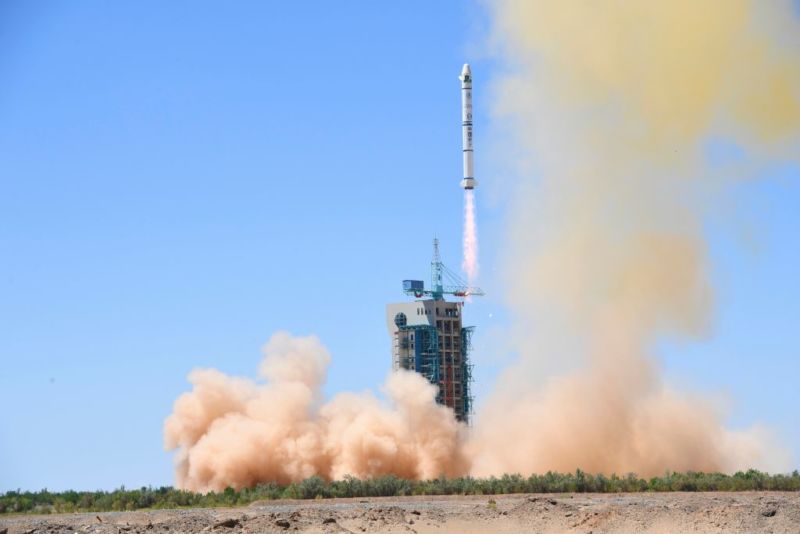
As part of its long-term planning, Chinese rocket officials have talked for some time about a super-heavy lift rocket that will enable a human lunar program. For this rocket, called the Long March 9, officials have generally cited the 2030 time frame for its maiden launch.
However, at the World Conference on Science Literacy 2018 this week, an engineer with the China National Space Administration, Li Guoping, said the country planned to launch the Long March 9 booster in 2028. This comes as China has successfully ramped up its launch cadence in 2018—it should launch about three dozen orbital rockets this year, more than any other country. The report in the Chinese news service Xinhua did not specify why this larger rocket was now expected to launch two years earlier than previously announced.
A huge rocket
The Long March 9 is an extremely ambitious booster, with a diameter of 10 meters, length of 90 meters, and a proposed lift capacity of 140 tons to low-Earth orbit. Those numbers are on par with the Saturn V rocket that NASA designed and built during the 1960s to carry out the Apollo lunar landing program. It would be roughly equivalent, in terms of capability, to SpaceX's proposed Big Falcon Rocket, although there has been no word from China on whether any part of the Long March 9 might be reusable.
NASA is further along in its development of its own big booster, the large Space Launch System rocket, which could make its maiden flight in 2020 or 2021. This version of the SLS rocket will have a launch capability of up to 95 tons to low-Earth orbit, according to a recent NASA update. Eventually, the space agency plans to upgrade the SLS rocket into a Block 2 configuration with a more powerful second stage as well as advanced side boosters, and this rocket would have an estimated capability of 130 tons to low-Earth orbit. However, it seems unlikely that the Block 2 rocket would launch before 2028.
This means that if SpaceX fails to secure funding for the Big Falcon Rocket and NASA continues on its slow development pace of the SLS rocket, China could have the world's most powerful rocket about a decade from now.
The purpose
China reportedly wants to use the Long March 9 rocket for an ambitious Mars sample return mission, and that could be the payload for the vehicle's first flight. However, given the scale of the proposed rocket, its overarching purpose seems likely to be geared toward taikonaut visits to the surface of the Moon.
Chinese officials have previously said their long-term goal is a series of lunar surface missions beginning in the 2030 time frame. This approach could prove more attractive to some partners, such as the European Space Agency, than NASA's plan to build a Deep Space Gateway in a distant lunar orbit rather than going directly to the surface.
By accelerating development of the Long March 9 rocket, Chinese officials could be offering a viable alternative to NASA's plans to other potential partners sooner. As ever with the Chinese space program, however, the most consequential decisions and planning occur out of the public view, so definitive answers are few.
reader comments
145